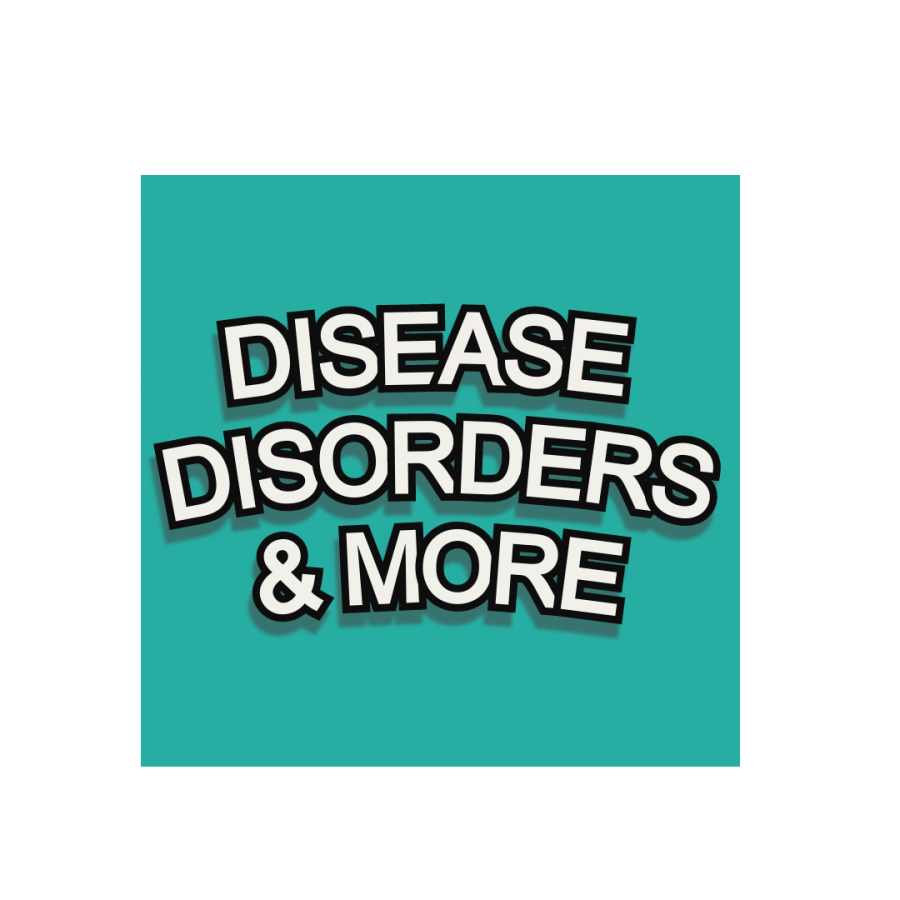Diseases, Disorders, & More: Narcolepsy
October 4, 2021
Also Known As
- Gelineau’s Syndrome
- Hypnolepsy
- Narcoleptic Syndrome
- Paroxysmal Sleep
Symptoms
- Cataplexy, sudden muscle weakness while awake or with strong emotions
- Hallucinations just before falling asleep or waking up
- Episodes of Paralysis
Subdivisions
- With Cataplex
- Without Cataplexy
General Overview
- Neurological Sleep Disorder
- Chronic, excessive attacks of drowsiness during the day, sometimes called EDS, Excessive Daytime Sleepiness.
- Few seconds – Several minutes
- Vary in frequency
- Few incidents – Several times a day
- Nighttime patterns could be disrupted
- May be associated with “automatic behavior”
- Having no memory of doing things
- 1 in 2000 people are diagnosed with narcolepsy
- Believed to be undiagnosed/misdiagnosed in most individuals
- Evidence points to being Autoimmune Disorder
- Body destroys brain cells that produce a peptide called hypocretin
- Details are not known yet
- Environmental and Genetic factors may play a role in development
Onset
- Anywhere from early childhood to 50 years of age
- Peaks around 15 and 36
- Underdiagnosed in children
- Remains a lifelong condition
- Not progressive
- Symptoms can change in severity
Diagnosis
- Clinical Evaluation
- Two tests
- Polysomnogram(PSG)
- Multiple Sleep Latency Test(MSLT)
- Testing of Cerebrospinal fluid for hypocretin levels
Treatments
- Directed towards specific symptoms
- Daytime Sleepiness and Sleep Attacks
- Stimulants
- Modafinil
- FDA Approved
- Fewer side effects than previous drugs used
- Cataplexy
- Xyrem
- Also good in improving nighttime sleep
- Serious side effects, like slowed/stopped breathing
- Xyrem
- Sleep Paralysis and Hypnagogic Hallucinations
- Certain Antidepressants
- Prozac, Sarafem, Zoloft, Strattera, and Effexor
- Low risk side effects
- Certain Antidepressants
- Daytime Sleepiness and Sleep Attacks
- Behavioral Modifications
- Sleep satiation and scheduled naps to reduce daytime sleep attacks
- systematic desensitization and stimulus control to lessen cataplexy episodes
- imagery rehearsal therapy to reduce the frequency of and cope with hypnagogic hallucinations
- hypnosis to decrease the severity of sleep paralysis
- cognitive therapy to reduce adverse effects stemming from dysfunctional cognitions
- muscle relaxation to manage anxiety that can worsen narcolepsy symptoms
- diet schedule that optimizes alertness and functioning throughout the day and the quality of nighttime sleep
Similar/Related Disorders
- Idiopathic Hypersomnia
- Sleep Apnea
- Kleine-Levin Syndrome
- Brain Tumors
- Head Trauma
- Cerebral Arteriosclerosis
- Psychosis
- Excessive amounts of Protein in blood due to kidney failure



